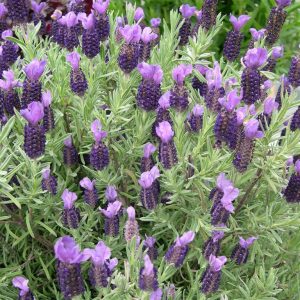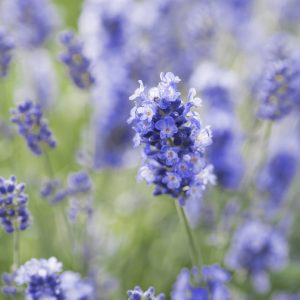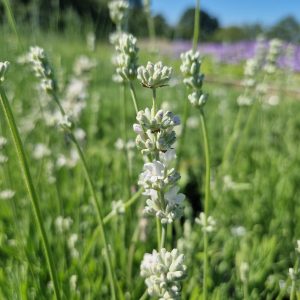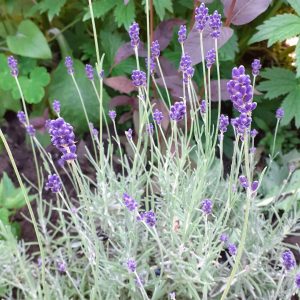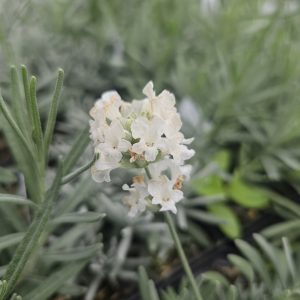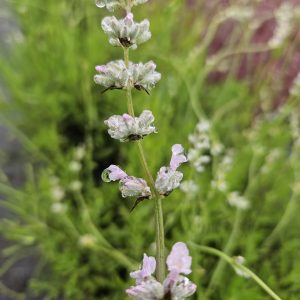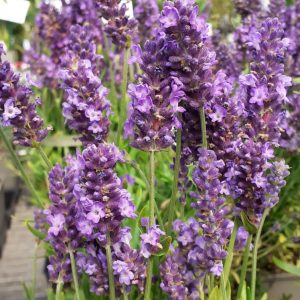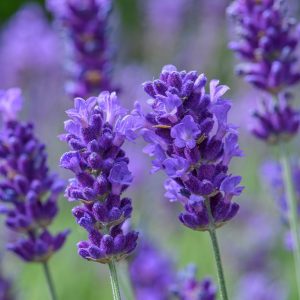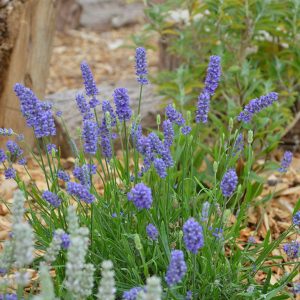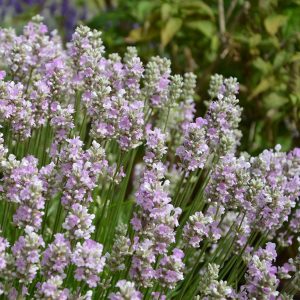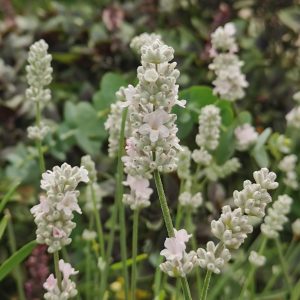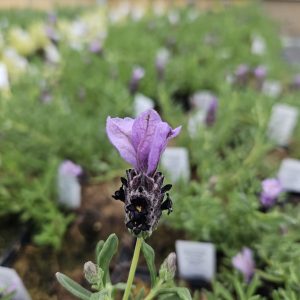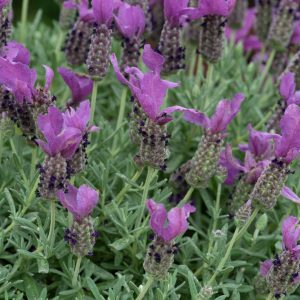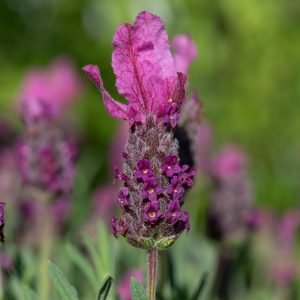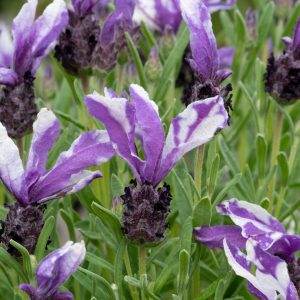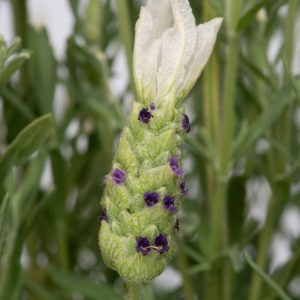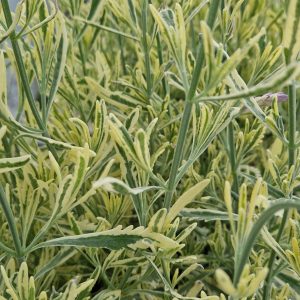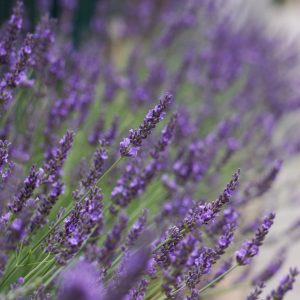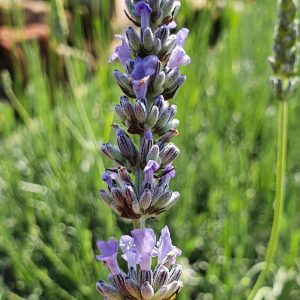Lavandula, commonly known as lavender, is a versatile and aromatic perennial that adds beauty and fragrance to any garden. Follow this comprehensive planting guide to ensure the successful establishment and flourishing of your lavender plants.
Site Selection:
Sunlight: Lavender thrives in full sunlight. Choose a location with at least 6-8 hours of direct sunlight daily.
Well-Drained Soil: Plant lavender in well-drained, sandy or loamy soil. Lavender does not tolerate waterlogged conditions, so ensure good drainage.
Planting Time
Spring or Autumn Planting: The best times to plant lavender are in spring after the last frost or in autumn before the first frost. This allows the plant to establish before extreme temperatures.
Planting Process
Planting Depth: Dig a hole twice the width of the root ball. Plant the lavender at the same depth it was in the container, ensuring the crown is at or slightly above the soil level.
Spacing: Allow proper spacing between plants, typically 18-24 inches apart, depending on the variety. This ensures good air circulation and prevents overcrowding.
Watering
Initial Watering: Water the lavender immediately after planting to settle the soil. Lavender prefers slightly dry conditions, so avoid overwatering.
Regular Watering: Water the plant deeply but infrequently once established. Lavender is drought-tolerant, and the soil should dry out between watering sessions.
Mulching
Mulch Application: Apply a thin layer of gravel or well-draining mulch around the base of the plant. This helps retain soil moisture, suppress weeds, and regulate temperature.
Fertilisation
Lean Soil: Lavender thrives in lean soil. Avoid rich, fertile soil and high-nitrogen fertilisers. A light application of balanced fertiliser in spring is sufficient.
Pruning
Regular Pruning: Prune lavender regularly to encourage bushier growth and prevent it from becoming leggy. Cut back spent flowers and shape the plant in early spring or late autumn.
Winter Care
Cold Tolerance: Lavender is generally cold hardy, but in harsh climates, consider providing winter protection with a layer of straw or evergreen boughs.
Container Planting
Well-Draining Containers: If planting in containers, use pots with drainage holes and a well-draining potting mix. Lavender can thrive in containers on patios or balconies.
Pest and Disease Management
Good Air Circulation: Plant lavender with enough space between plants to ensure good air circulation, reducing the risk of fungal diseases.
Pest Resistance: Lavender is generally resistant to pests. However, keep an eye out for aphids and treat them with insecticidal soap if necessary.
Enjoy the Fragrance
Blooming Period: Lavender typically blooms in late spring through early summer. Enjoy the delightful fragrance and cut flowers for various uses, such as potpourri or sachets.
By following these planting guidelines, you’ll create an ideal environment for your lavender to thrive. Customise care based on your local conditions and the specific lavender varieties you’ve chosen.



